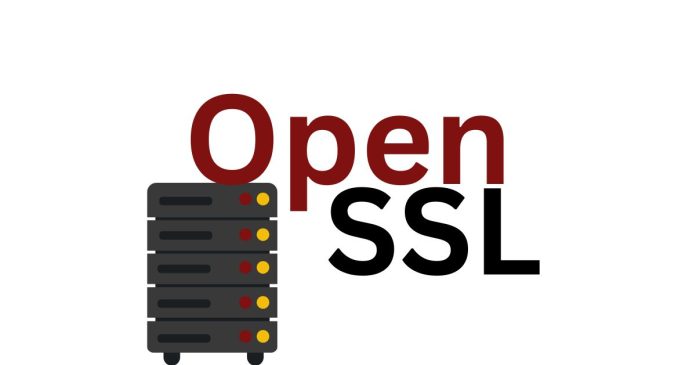To retrieve a certificate from a server using OpenSSL, you can use the s_client command. This command connects to the server, initiates an SSL/TLS handshake, and outputs the server’s certificate chain. Here’s a step-by-step guide:
Steps to Retrieve a Certificate
- Open a Terminal or Command Prompt:
- Ensure OpenSSL is installed on your system and accessible from the terminal.
- Run the
s_clientCommand: Use the following syntax to connect to the server:bashopenssl s_client -connect <server>:<port>
- Replace
<server>with the server’s domain name or IP address. - Replace
<port>with the server’s SSL/TLS port (usually443for HTTPS).
Example:
bashopenssl s_client -connect www.example.com:443
- Replace
- View the Certificate:
- Look for the certificate in the output, typically between the lines:
css
-----BEGIN CERTIFICATE-----
...
-----END CERTIFICATE-----
- Look for the certificate in the output, typically between the lines:
- Save the Certificate:
- If you need to save the certificate, redirect the output to a file and extract the certificate portion:
bash
openssl s_client -connect www.example.com:443 > server_cert.pem
- Edit the file to keep only the certificate block (from
-----BEGIN CERTIFICATE-----to-----END CERTIFICATE-----).
- If you need to save the certificate, redirect the output to a file and extract the certificate portion:
Options for Fine-Tuning the Command
- Specify Protocol: Use
-starttlsfollowed by the protocol name for services like SMTP or IMAP:bashopenssl s_client -connect mail.example.com:587 -starttls smtp
- Limit Depth of Output: Use the
-showcertsflag to display all certificates in the chain:bashopenssl s_client -connect www.example.com:443 -showcerts
- Verify the Certificate: Add the
-verifyflag to validate the certificate:bashopenssl s_client -connect www.example.com:443 -verify 5
Common Issues
- Firewall/Network Restrictions:
- Ensure the server and port are reachable from your network.
- Expired Certificates:
- If the certificate is expired, OpenSSL may still retrieve it but display a warning.
- Untrusted Certificate Authorities:
- If the certificate isn’t issued by a trusted authority, OpenSSL will still retrieve it, but it won’t verify the trust chain.
This method allows you to retrieve and inspect certificates for troubleshooting, validation, or extraction purposes.


